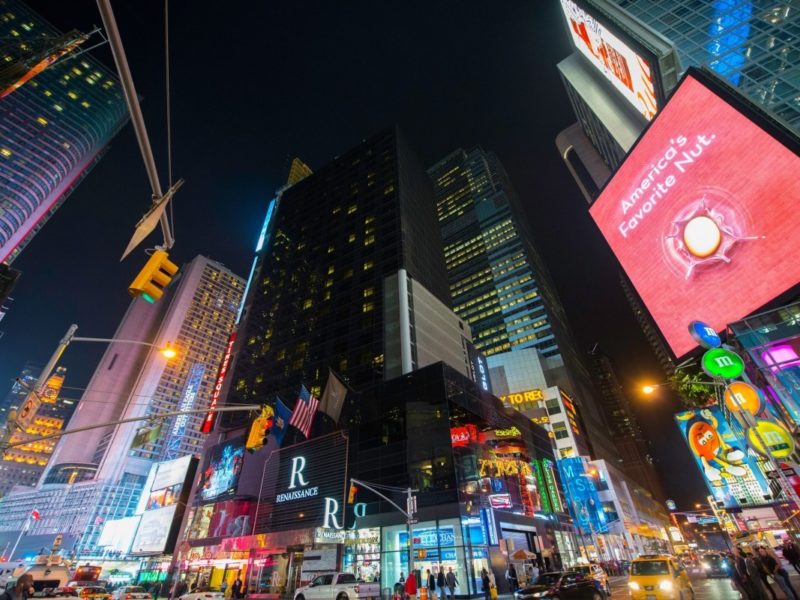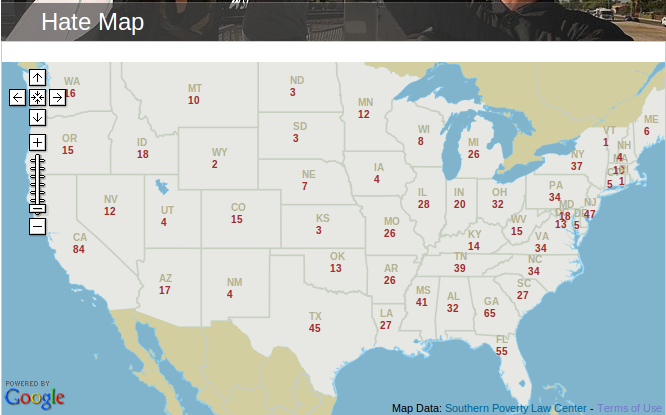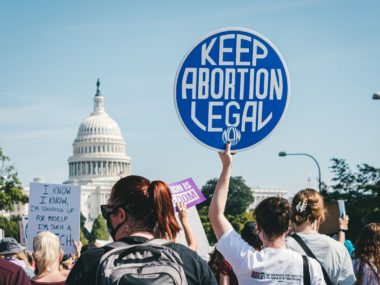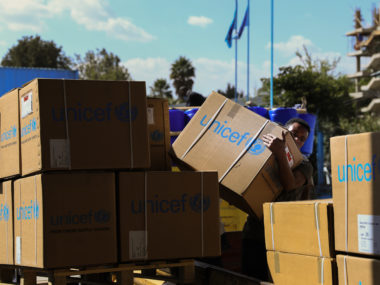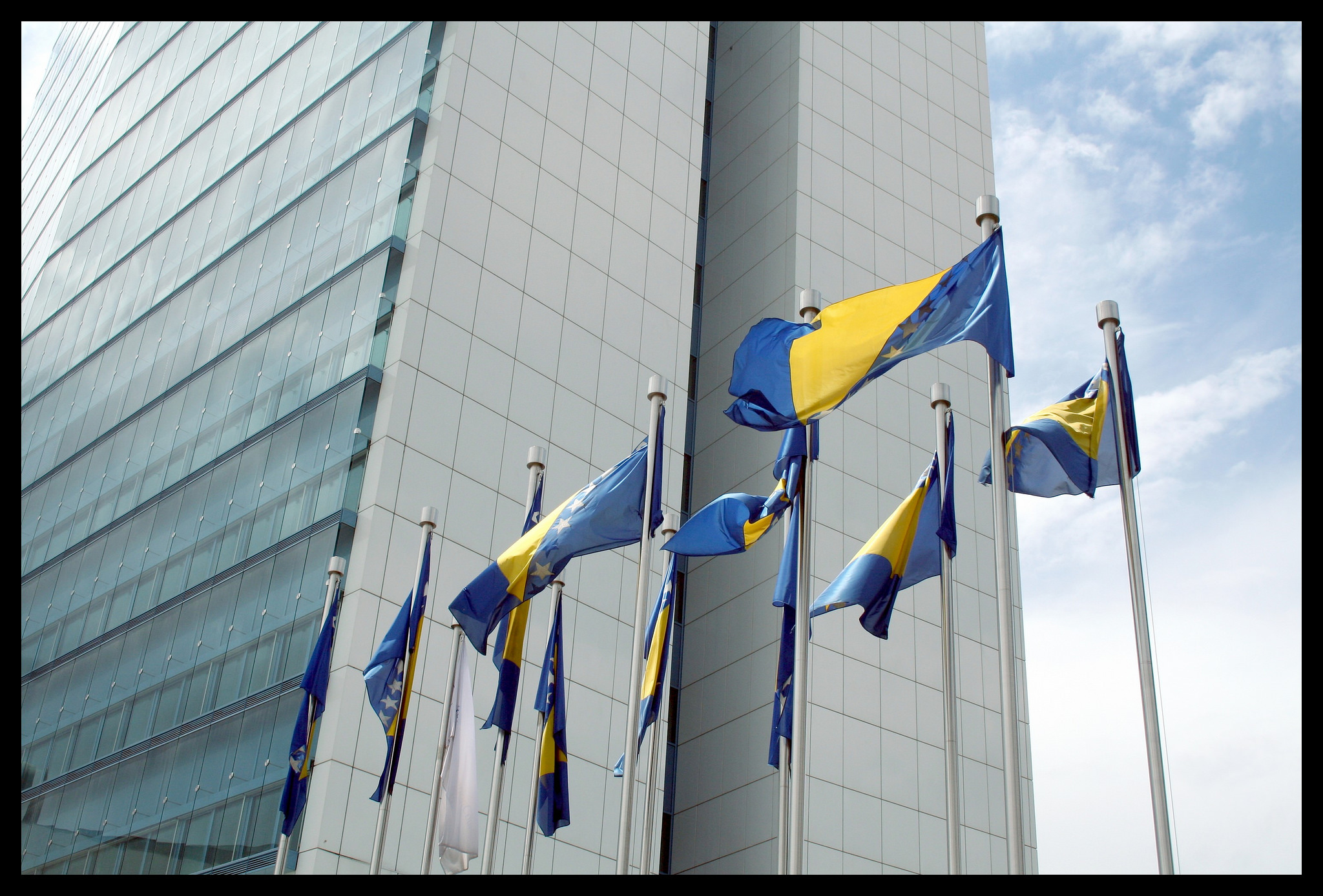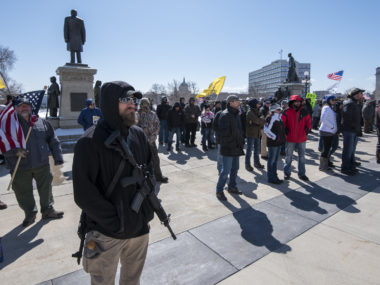By permanent contributor Michael Weintraub, Megan Stewart, and Dani Nedal
When we published a paper in the Journal of Conflict Resolution in December 2019, about the connection globally between urban concentration and civil war onset and severity, we didn’t think it could be meaningfully applied to the United States. We tried to distill implications for US foreign policy, but didn’t anticipate that heavily armed federal agents would square off against unarmed protesters in major American cities, or that right-wing extremist groups would flaunt their weapons in state capitols. As tensions surrounding race and police brutality continue in several cities across the United States, and with the legitimacy of upcoming elections already in doubt, the question isn’t so much if we’ll see political violence between now and November, but how much, what kind, and what it will mean for domestic stability.
What might urban concentration have to say about the possibility of widespread political violence in the United States?
Urban concentration is different from urbanization. While urbanization refers to the proportion of people living in urban areas, urban concentration is about the spatial distribution of urban populations. The US is a highly urbanized country, although it is somewhat less urbanized than other countries with the same level of development, and this changed dramatically over the 20th century. Yet urban concentration in the US is among the lowest in the world: urban populations are scattered across 65 large cities, which themselves are scattered across multiple regions and states. The largest urban area in the United States—New York City—accounts for only about 7 percent of the population living in urban areas in total, making it starkly different not only from extreme cases like South Korea (where nearly 60 percent of urbanites live in Seoul) but also middle-of-the-road cases like France (with roughly 25 percent of urbanites living in Paris) and Canada (22 percent live in and around Toronto).
Cities—with their advantages of scale, diversity, and connectivity—are generally key drivers of economic activity and innovation, and spaces for political mobilization. They are also frequently favored by pork barrel politics, which has the unintended effect of further encouraging citizens to move to cities. The US is also unusual among developed countries—though not totally unique—in that its political system was designed to redistribute political and economic power away from cities.
In our article, we find that urban concentration is associated with a greater probability of civil war and more severe conflicts. When urban concentration is high, central government authority and control tends to be more complete in the capital and perhaps a few other key cities, leaving peripheral communities relatively disconnected from state institutions. The relative absence of state control over the periphery, and inequality in access to services, exacerbates local grievances among rural communities, allowing rebels to mobilize local populations. This reduced state presence also allows rebels to more easily gain control of peripheral territories to train, prepare, and seek foreign aid, increasing rebels’ ability to credibly challenge the government. High urban concentration also means that a few high-value cities represent the vast majority of the country’s urban population and wealth—prizes to be won for rebels. States recognize this vulnerability and are goaded into confronting rebels in urban centers; in so doing, states are unexpectedly hamstrung, given that their conventional military forces are ill-suited to the multi-dimensional landscape of urban warfare.
How might the United States’ low level of urban concentration affect the potential for widespread violence?
Urban geography in the US is intimately related to the history of race in America. After the Civil War, formal and informal discrimination at nearly every level made it generally impractical and often downright impossible for Black Americans to own property and make a living in most parts of the country, not just largely rural areas in the South but also in more affluent urban and suburban areas in the North. This pushed African Americans—and later immigrant communities of color—to settle in the core of major urban areas, the so-called “inner cities,” that whites had since the 1920s started to abandon for the creature comforts of the suburbs. Black migration from the rural South followed the same pattern, causing whites to abandon cities. Indeed, as Leah Boustan writes, “[i]n 1980, after a century of suburbanization, 72% of metropolitan blacks lived in central cities, compared to 33% of metropolitan whites.” While this trend has begun to reverse in recent years with growing interest among white professionals in urban centers—leading to the gentrification of those same neighborhoods—for long stretches of the 20th century American cities were predominantly populated by African Americans.
Civil war in the United States is unlikely. State repression and low-intensity political violence will undoubtedly continue. Regardless of whether Donald Trump wins reelection, organized collaboration between extremist right-wing groups and elements of the state’s coercive apparatus—i.e., the police—will probably continue, at both the national and local levels. Increased violent actions by accelerationist groups and individuals—white supremacists who want to accelerate civil disorder—is also likely, especially in the case of a contested Joe Biden victory and a tumultuous transfer of power. Should Donald Trump win in November 2020, we may see some armed, organized challenges to state authority emerge from the left, in addition to the intensification of largely disorganized violent actions.
Although the US has not experienced sustained, armed political contestation in 150 years, low levels of urban concentration can still have an impact on patterns of political violence and its likely effects. Cities in the United States have faced widespread communal violence before, particularly violence that breaks down along racial lines: from the 1919 “Red Summer” to the 1943 race riots that rocked Los Angeles, Detroit, and Harlem, to the so-called “long, hot summers” in the 1960s, and the Rodney King riots in 1992. According to one of the earliest large-scale comparative studies of civil strife, between 1961 and 1965 the US ranked 15th out of 95 countries in number of episodes of “turmoil” (“relatively spontaneous, unstructured mass strife”), and 42nd out of 114 in “total magnitude of strife,” with the vast majority occurring in urban areas.
The dynamics we describe in our paper—state power concentrated in one or very few urban areas, with disconnected rural hinterlands—isn’t present as a potential contributing factor for civil war in the United States. While the country does have vast swaths of rural and remote land where groups can coalesce, train, and establish footholds, there are clear patterns in the racial and ideological composition of the armed groups that occupy those spaces: they are predominantly white (often white-supremacist) far-right militias. They are also geographically dispersed and organizationally decentralized, most often espousing an ideological aversion to centralized authority in the form of the federal government or other (imagined) supranational authorities. This type of fragmentation generally shapes the scale of violence and the prospect for success, and may push groups to adopt more extreme tactics.
Meanwhile, urban groups and unstructured (not organized) movements, peaceful or otherwise, are equally dispersed throughout dozens of major urban areas. This means that major episodes of collective mobilization in cities, even the largest in US history, are unlikely to pose existential challenges to the central government, but will likely continue to represent a headache for local authorities. Urban protest will also likely continue to serve as a rallying cry for aggressive “law and order” policies by the right, as concerns for social control rival or even overwhelm solidarity for the movement. The fragmentation and loose structure of the Black Lives Matter movement; the multitude of varying preferences among affiliated and unaffiliated groups; and the fact that the policy changes being demanded require actions across different localities and at different levels of government, complicate resolution of the issues that sparked the latest wave of protests.
The months ahead are likely to be fraught, and perhaps even more violent than usual, with persistent low-level violence. That the wealthiest and most powerful country in the world is gripped by political upheaval and widespread social mobilization is itself consequential, whether or not it escalates to a full-blown civil war. But the likelihood of full-scale civil war in the US remains low. Despite this, conflict escalation and civil war will likely remain tropes used strategically, if callously, by those who wish to sow fear and deepen partisan divisions.
Michael Weintraub is an Associate Professor in the Escuela de Gobierno Alberto Lleras Camargo at Universidad de los Andes in Bogotá, Colombia. Dani Nedal is a Postdoctoral Fellow and Lecturer at Carnegie Mellon’s Institute for Politics and Strategy. Megan A. Stewart is an Assistant Professor at American University’s School of International Service.

